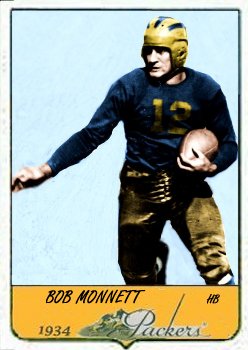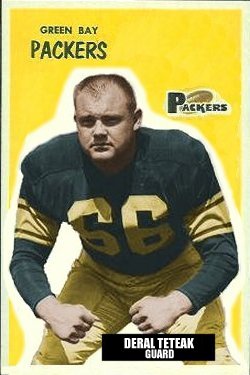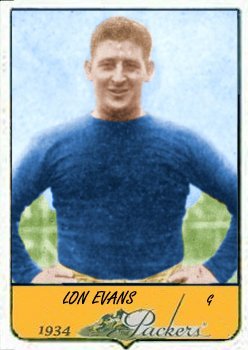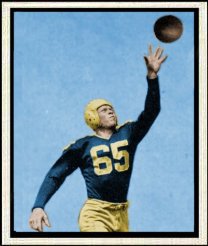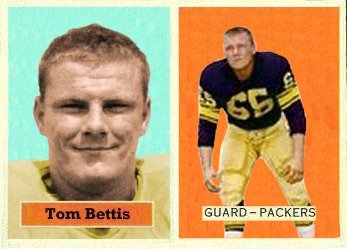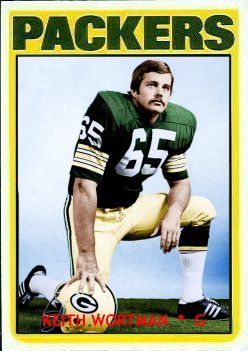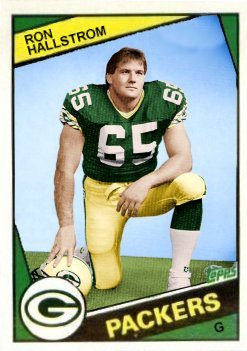First worn by Hall of Fame tailback Arnie Herber in 1934, 68 has been donned by just 15 Packers altogether. Herber was followed by end George Seeman in 1940 and back George Paskvan in 1941 in the Lambeau era.
Tackle Len Szafaryn was the first modern era player to wear 68 in Green Bay, and he has been joined by seven other tackles, two guards, a center and a defensive end.
T: Len Szafaryn (1953-56), John Dittrich (1959), Greg Koch (1977-85), Ed Konopasek (1987r), Joe Sims (1992-95), Gary Brown (1996), Breno Giacomini (2008) and Kyle Murphy (2016-18).
G: Gale Gillingham (1966-74, 1976) and Mike Wahle (1998-2004).
C: Chris White (2005).
DE: Blaise Winter (1988-90).
Although there have been gaps when the number was not worn from 1935-39, 1942-52, 1960-65 and 2009-15, 68 has been worn by some long-term stars of the team. Gale Gillingham wore it the longest at 10 years, and he and nine-year veteran Greg Koch are both members of the team’s hall of fame. Mike Wahle, who wore it for seven years, was another very fine lineman in Green Bay. Gillingham was a six-time All-Pro, and Wahle went to one Pro Bowl.










First six custom cards are colorized.







































